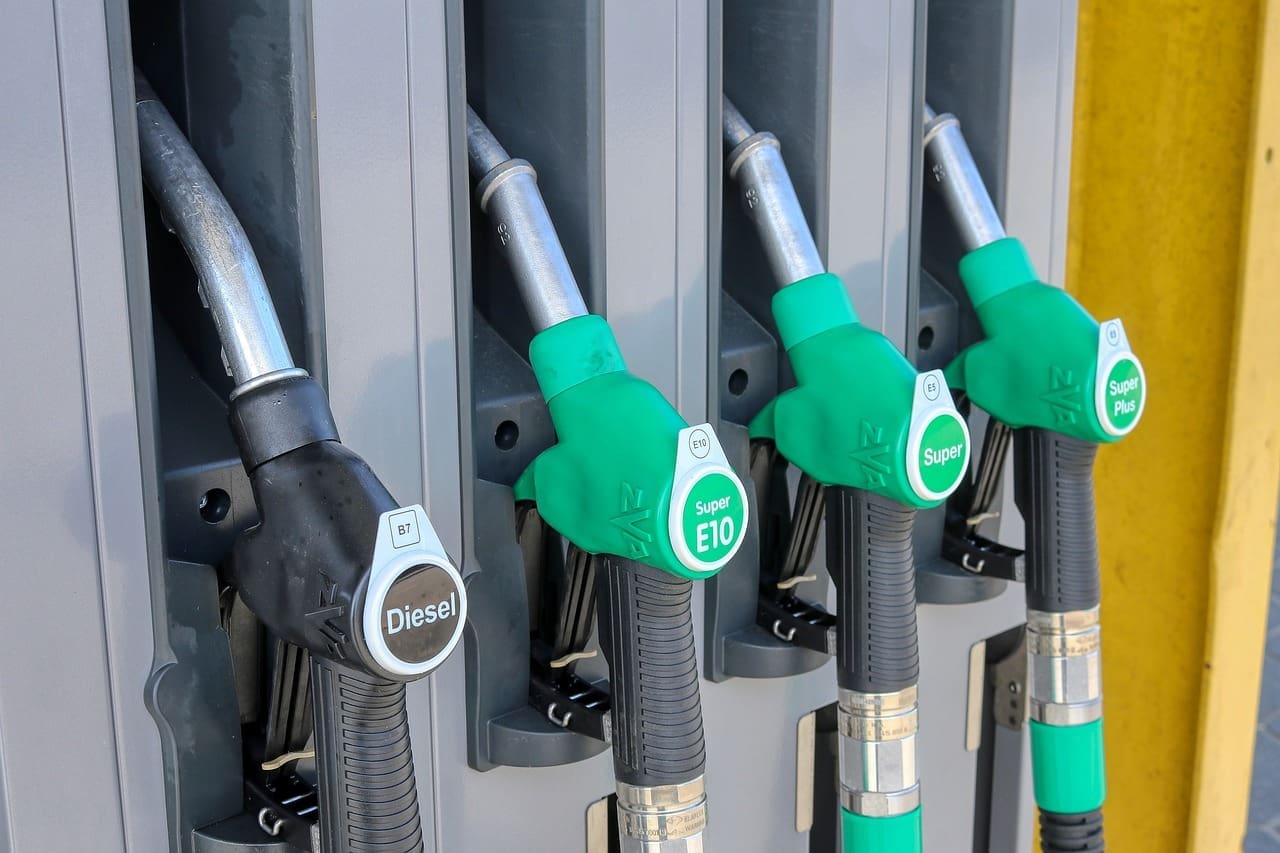Israel responded to Iran’s threatening nuclear program with a barrage of attacks. As a result, the global stock market plummeted while oil prices simultaneously surged. As President Trump urged Iran to negotiate and succumb to compromise, Israel escalated the situation Friday night with targeted rocket launches. Now the world is witnessing the economic aftermath.
While it seemed inevitable that Friday would be the resulting outcome, U.S. West Texas Intermediate and Brent Crude prices climbed over eight percent. Experts fear that if oil prices remain high and Iranian oil and gas structure become primary targets of escalation, gas prices could mirror oil and start an upward trend.
The price of gas “will likely start to rise across much of the country later this evening in response to Israel’s attacks on Iran, which have caused oil prices to surge,” said Patrick de Hann, head of petroleum analysis at GasBuddy, in a Friday post on X.
AAA data indicates the average price of gasoline currently sits at $3.13 a gallon. Resulting from the conflict, however, de Hann forecasts a 10 to 25 cent increase. Richard Joswick, head of near-term oil analysis at S&P Global Commodity, feels a price increase would not remain for the long term. Referring to last October’s conflict, he said strikes and price increases were short-lived when the two countries agreed to de-escalate the situation.
While a quick resolution would be a welcome response to the current exchange, fear of economic turmoil still lingers. Iran accounts for an important three percent of global oil production in addition to its control over the Strait of Hormuz, a critical passageway for tankers carrying approximately 20 percent of the global oil supply.
According to Ramanan Krishnamoorti, petroleum engineering professor at the University of Houston, the world could witness a barrel of oil rising from $73 to $120 per barrel. The average of $3.13 per gallon of gasoline would shoot to $5.13 and directly impact everyone’s wallets.
“If we see throttling back of the Straight of Hormuz, we’ll see a massive increase in the price of oil, and that will impact everything in the U.S.,” said Krishnamoorti.
A current theme seems to be in price forecasting. Lazard, an asset management firm, warned on Friday that the Israel and Iran escalation could include “strikes on Gulf energy installations or attempts to temporarily close the Strait of Hormuz.” In a memo to investors, Lazard additionally predicted price increases, revealing a $120 per barrel reality.
Krishnamoorti reasoned that various factors could influence price increases and the length of time. While the final outcome remains in question, the extent of the escalation would determine the ultimate level of price increase.
“We may have just seen the tip of the iceberg in terms of price hikes,” said Krishnamoorti. “If oil prices continue at this level, it’ll be a small bump for gasoline.”
Stock price uncertainty has also made its way through the investment community. Gold rose in price and neared the record high of $3,500.05 in April. The Dow Jones Industrial Average dropped 1.8 percent, the S&P 500 dropped 1.1 percent, and the Nasdaq Composite followed suit and lost 1.3 percent European shares.
“The re-emergence of major conflict in the Middle East should raise geopolitical stress, including sharply higher oil prices,” said Sameer Samana, head of global equities and real assets at Wells Fargo Investment Institute, in an email. He added that the slump in prices should set up a buying opportunity for long-term investors.
“The re-emergence of major conflict in the Middle East should raise geopolitical stress, including sharply higher oil prices,” said Sameer Samana, head of global equities and real assets at Wells Fargo Investment Institute, said in an email. Samana added, though, that the conflict should represent a buying opportunity for long-term investors, including in U.S. large-cap stocks and commodities.
Nick Vaccaro is a freelance writer and photographer. In addition to providing technical writing services, he is an HSE consultant in the oil and gas industry with twelve years of experience. Vaccaro also contributes to SHALE Oil and Gas Business Magazine, American Oil and Gas Investor, Oil and Gas Investor, Energies Magazine and Louisiana Sportsman Magazine. He has a BA in photojournalism from Loyola University and resides in the New Orleans area. Vaccaro can be reached at 985-966-0957 or nav@vaccarogroupllc.com.






